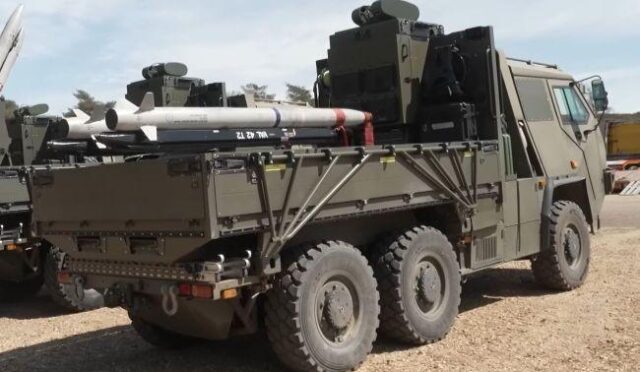US Airstrikes in Yemen: An Overview
Since mid-March, U.S. forces have targeted over 800 locations in Yemen, resulting in the deaths of hundreds of Houthi rebel fighters, according to a recent statement from the U.S. military. This aggressive campaign, dubbed “Operation Rough Rider,” is aimed at neutralizing the threat that the Houthis pose to maritime security in the Red Sea and Gulf of Aden. The operation has been characterized by near-daily airstrikes, which the military asserts are vital to reestablishing U.S. deterrence in the region.
The military command responsible for the Middle Eastern operations, USCENTCOM, has reported that the strikes have successfully destroyed key Houthi infrastructure, including command-and-control centers, air defense systems, and advanced weapons manufacturing and storage facilities. This marks one of the most detailed accounts given by the U.S. military regarding the ongoing operations, emphasizing the scale and significance of the air campaign.
Persistent Threats from Houthi Rebels
Despite the substantial U.S. airstrikes, Houthi forces, who have controlled significant territories in Yemen since 2015, continue to pose a challenge. They have engaged in ongoing attacks against U.S. naval vessels and have targeted Israeli interests. CENTCOM noted that the strikes have reduced the frequency and effectiveness of Houthi attacks, with a remarkable 69 percent decrease in ballistic missile launches and a 55 percent drop in drone attacks.
The military command elaborated on the role of Iranian support in sustaining Houthi operations, asserting that their capacity to continue these assaults relies heavily on the backing from Tehran. This highlighted a broader geopolitical struggle, as the U.S. aims to restore safe passage in the region and reassert its presence.
Casualties and Civilian Impact
In the latest phase of airstrikes, Al-Masirah TV, a media outlet controlled by the Houthis, reported that strikes on the Yemeni capital, Sanaa, resulted in at least eight fatalities and numerous injuries. Distressing footage showed devastated neighborhoods and rescue efforts recovering what seemed to be human remains. Earlier reports from Houthi sources suggested a total of at least two deaths and several injuries from overnight strikes.
As the conflict continues to escalate, the death toll since operations commenced on March 15 has reached 228 according to estimates by AFP, marking a significant humanitarian concern as civilian casualties increase amidst the military exchanges.
Shipping Disruption and Regional Implications
The Houthi rebels have escalated their attacks on shipping channels, tied to broader regional conflicts, particularly their support for Palestinians affected by military actions in Gaza. These assaults have had far-reaching implications, reminding the world of Yemen’s strategic position along critical maritime routes, including the Suez Canal, which handles roughly 12 percent of global shipping traffic. The instability has forced many shipping companies to reroute around Africa, adding costs to international trade.
This uptick in aggression from Houthi forces points to a troubling trend that could have lasting effects on global trade and regional stability, further complicating an already dire humanitarian situation in Yemen.
Political Ramifications of Military Actions
The Biden administration’s decision to conduct airstrikes against Houthi targets marks a continuation of U.S. military involvement in Yemen, ignited during Trump’s presidency. Trump has reiterated a commitment to ongoing military action until Houthi threats to shipping are neutralized. However, these military efforts have not been without controversy.
Recently, the Trump administration faced scrutiny over internal communications regarding operations. Reports emerged that senior officials, including Defense Secretary Pete Hegseth and National Security Advisor Mike Waltz, had used the commercial messaging platform Signal to discuss the airstrikes, leading to political backlash and calls for greater transparency in how military actions are communicated and conducted.







